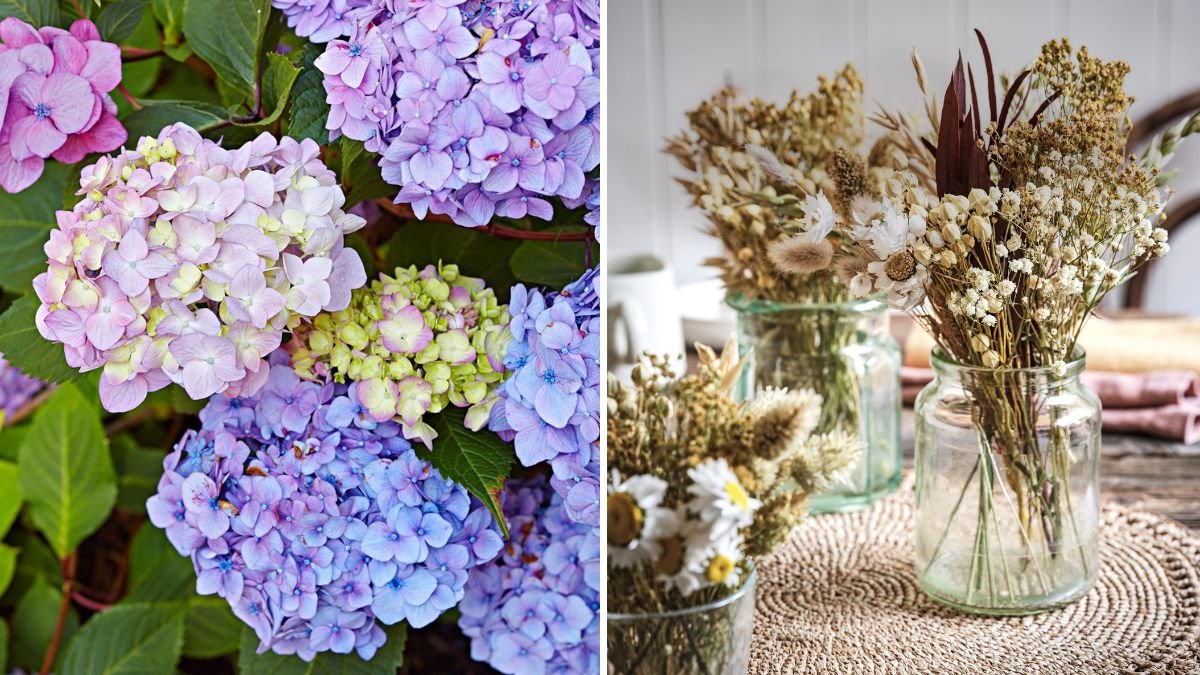Dried flowers have experienced a resurgence in popularity, captivating gardeners, decorators, and DIY enthusiasts alike. They provide long-lasting beauty, nostalgic charm, and versatility, making them perfect for wreaths, bouquets, wall hangings, and home décor. Unlike fresh flowers, dried blooms require minimal maintenance, maintain their color and texture for months, and allow for creative expression year-round.
Creating stunning dried arrangements begins with selecting the right flowers—those that dry well, retain their shape, and display lasting color. This guide highlights eight flowers that are perfect for dried arrangements, along with drying methods, arrangement tips, and ways to maximize their longevity.
1. Lavender (Lavandula)
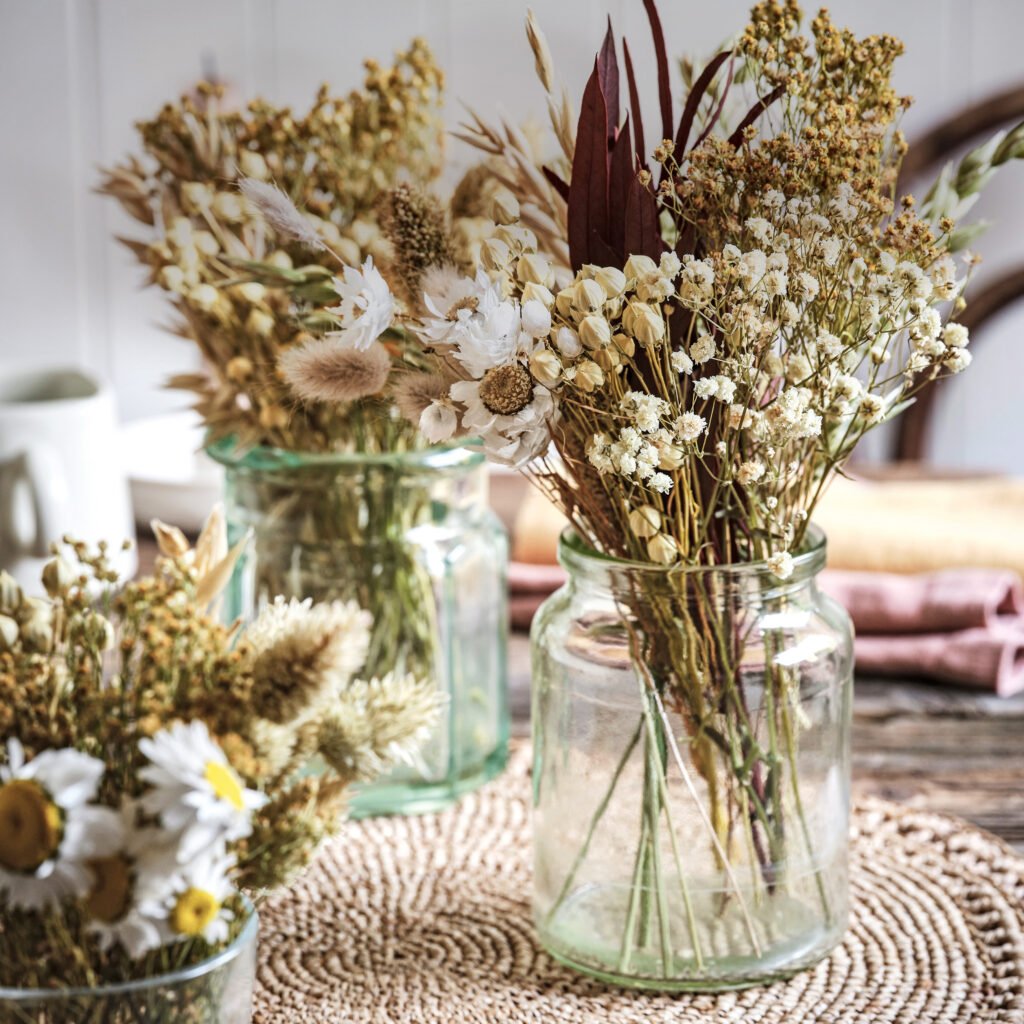
Lavender is a classic choice for dried arrangements due to its aromatic fragrance, elegant stems, and vibrant color.
Features:
- Silvery-green foliage and purple flower spikes.
- Naturally fragrant, adding a calming aroma to rooms.
- Sturdy stems that hold shape well during the drying process.
Drying Tips:
- Harvest lavender in full bloom for maximum color and scent.
- Bundle stems with a rubber band and hang upside down in a cool, dark, well-ventilated area.
- Drying typically takes 2–4 weeks depending on humidity.
Arrangement Ideas:
- Combine with dried roses or wheat for rustic bouquets.
- Use lavender bundles as sachets for closets or drawers.
- Incorporate in wreaths or wall hangings for a fragrant, long-lasting display.
Benefits: Lavender retains its color and scent for months, making it ideal for aromatic and visually appealing dried arrangements.
2. Roses (Rosa)
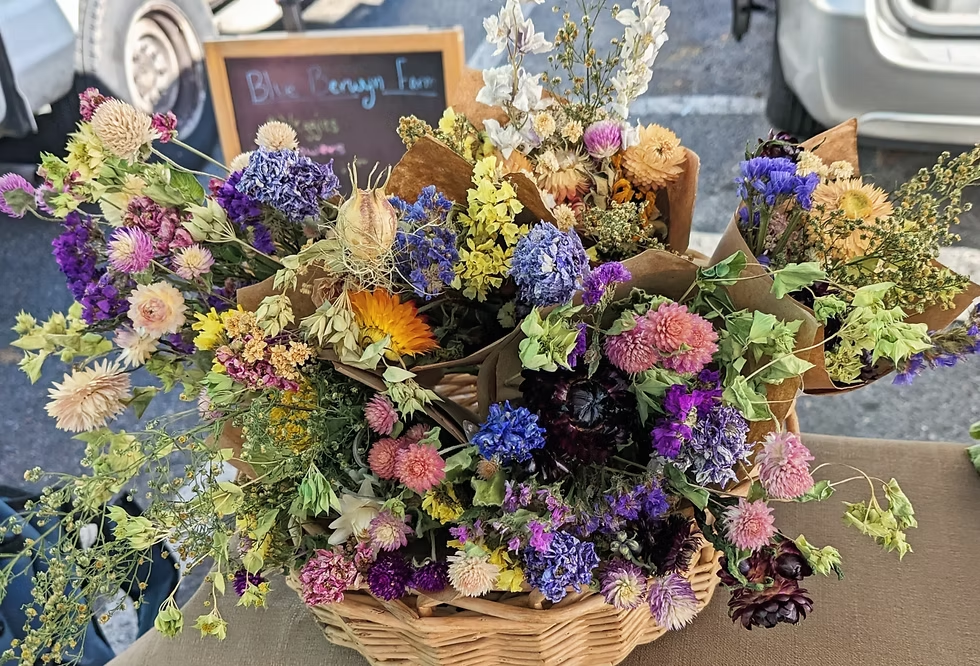
Roses are universally beloved for their romantic beauty and symbolic significance. Certain varieties dry exceptionally well and maintain their petals’ structure.
Features:
- Wide range of colors from soft pastels to vibrant reds.
- Large, symmetrical blooms ideal for focal points in arrangements.
- Petals hold shape when dried properly.
Drying Tips:
- Harvest roses when petals are just starting to open.
- Hang upside down in a dark, dry location.
- Alternatively, use silica gel to preserve color and form more precisely.
Arrangement Ideas:
- Mix dried roses with eucalyptus, baby’s breath, or lavender for a vintage bouquet.
- Place individual blooms in glass cloches for decorative accents.
- Create rose-scented potpourri or wall art with pressed petals.
Benefits: Roses add elegance and timeless charm, perfect for romantic or classic dried arrangements.
3. Hydrangeas (Hydrangea macrophylla)
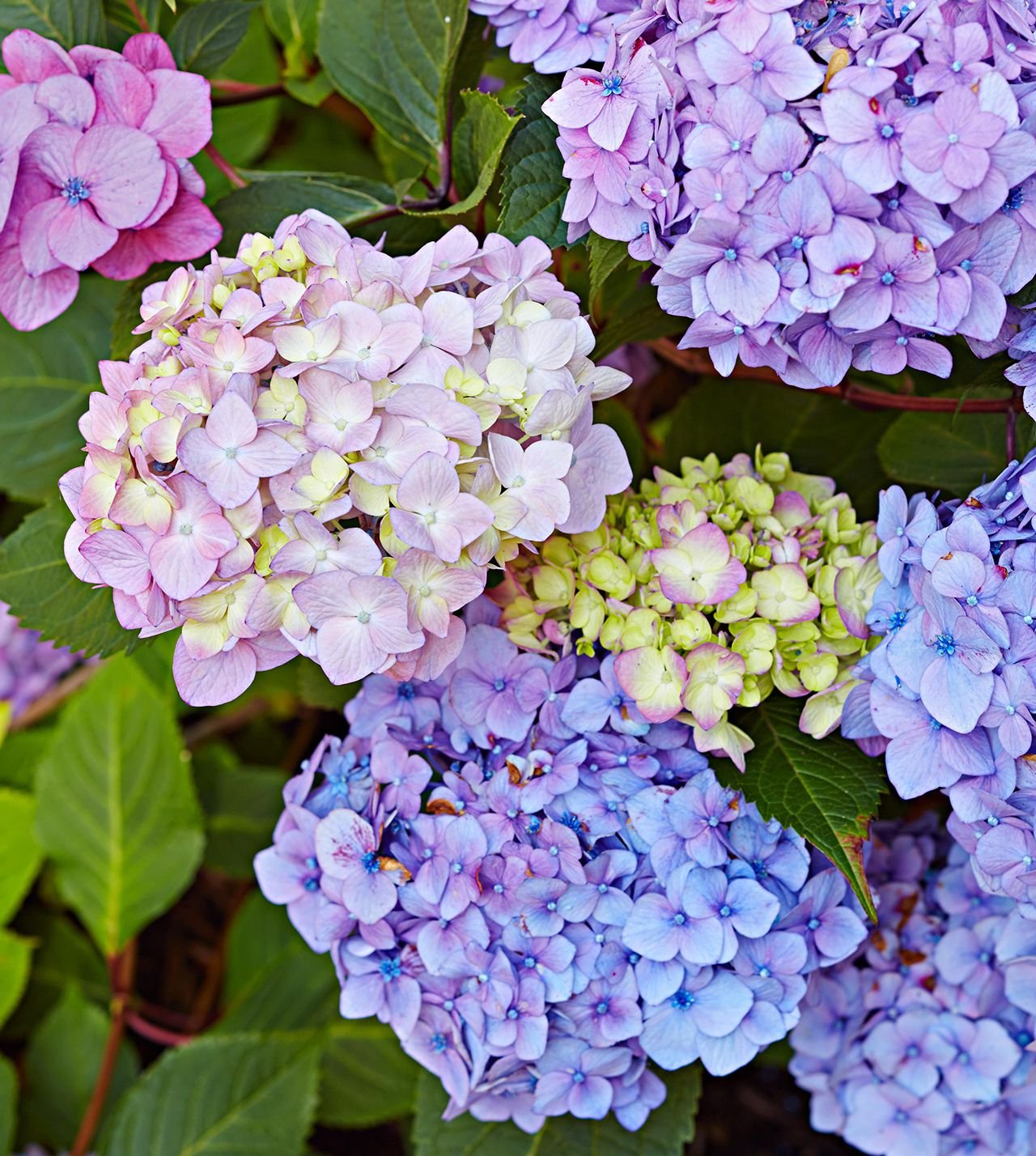
Hydrangeas are ideal for dried arrangements because of their voluminous flower heads and long-lasting appeal.
Features:
- Large blooms in shades of blue, pink, green, and white.
- Retains shape and structure when dried properly.
- Adds texture and fullness to bouquets and centerpieces.
Drying Tips:
- Pick flowers just before full bloom.
- Remove leaves and hang stems upside down in a dry, airy location.
- Consider using a silica gel for smaller blooms or delicate petals.
Arrangement Ideas:
- Use hydrangeas as the base for large dried bouquets.
- Combine with pampas grass or dried foliage for dramatic centerpieces.
- Spray with a light floral sealant to prevent crumbling.
Benefits: Hydrangeas are perfect for creating volume and texture, making them an excellent focal flower in dried arrangements.
4. Statice (Limonium)
Statice is a popular choice for dried arrangements due to its vivid colors and papery texture.
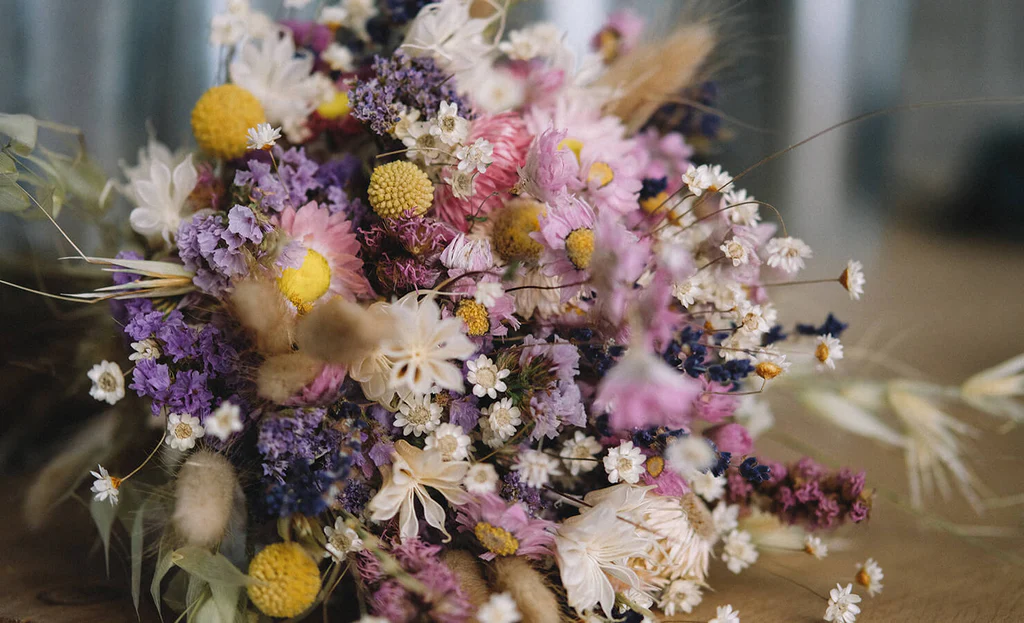
Features:
- Colors include purple, pink, white, yellow, and blue.
- Small, clustered flowers with a unique texture.
- Excellent longevity when dried, retaining color for months.
Drying Tips:
- Harvest flowers when fully open.
- Hang upside down in small bundles in a dark, dry area.
- Avoid over-handling to prevent petals from falling.
Arrangement Ideas:
- Use statice as a filler in mixed bouquets to add color and contrast.
- Create delicate wreaths or garlands for seasonal décor.
- Combine with dried roses or hydrangeas for visual interest.
Benefits: Statice adds color and structure, making it a versatile component of dried flower arrangements.
5. Baby’s Breath (Gypsophila)
Baby’s breath is a delicate flower often used to add softness and volume to arrangements.
Features:
- Tiny white or pink flowers on thin stems.
- Lightweight, airy appearance enhances texture.
- Retains shape when air-dried properly.
Drying Tips:
- Cut stems just as buds begin to open.
- Bundle and hang upside down in a dark, dry, ventilated area.
- Can also be dried using silica gel for faster results.
Arrangement Ideas:
- Fill in bouquets or wreaths with dried baby’s breath for a soft, ethereal look.
- Combine with bolder flowers like roses or hydrangeas for contrast.
- Use in minimalist dried arrangements for a romantic, subtle effect.
Benefits: Baby’s breath is perfect for adding volume, softness, and a delicate finish to dried arrangements.
6. Amaranthus
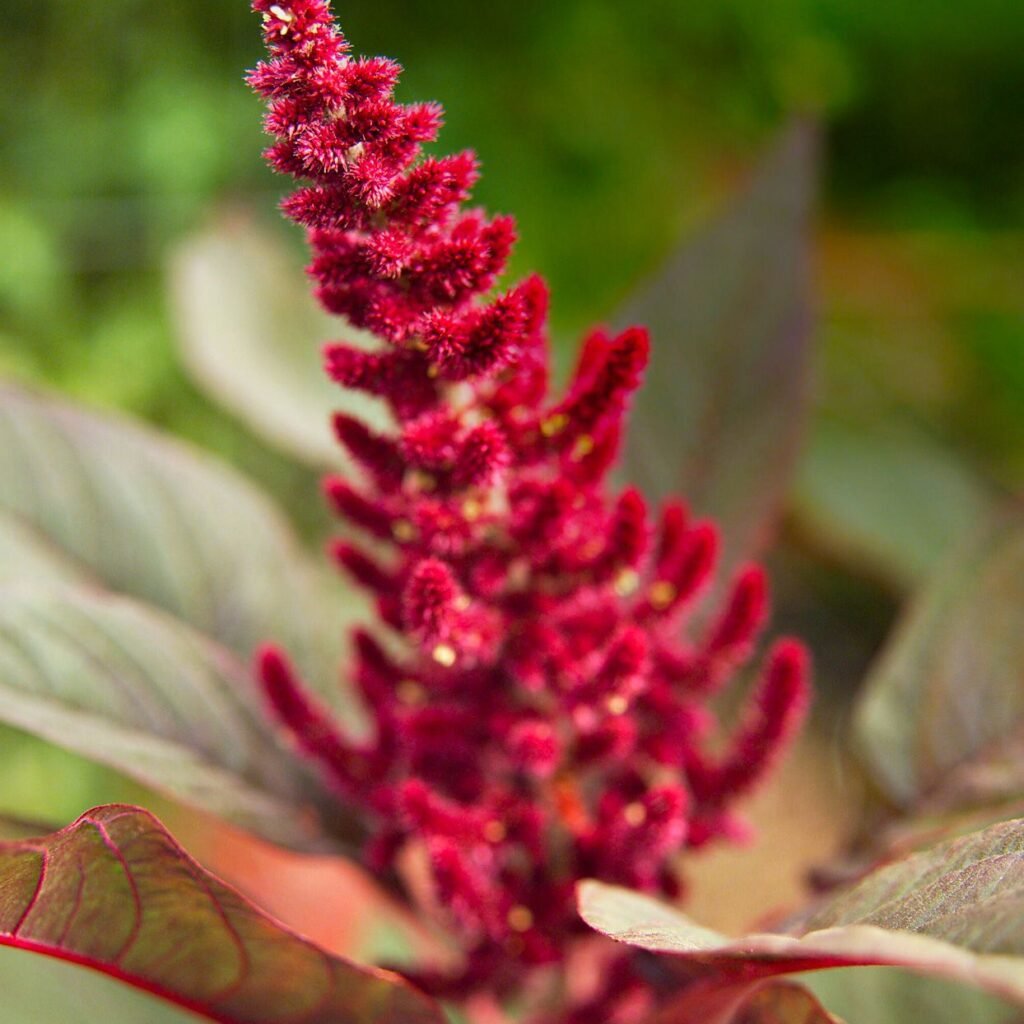
Amaranthus is valued for its dramatic, cascading blooms that add height and movement to dried arrangements.
Features:
- Long, trailing flowers in red, green, or gold.
- Retains shape and color well after drying.
- Adds vertical interest and texture to arrangements.
Drying Tips:
- Harvest spikes when flowers are fully formed but before seeds mature.
- Hang upside down in a dark, ventilated area to dry slowly.
Arrangement Ideas:
- Use amaranthus as a trailing accent in hanging bouquets or tall vases.
- Combine with neutral-colored flowers like hydrangeas or pampas grass for drama.
- Incorporate into wreaths for a bold, cascading effect.
Benefits: Amaranthus creates movement and sophistication, perfect for contemporary dried arrangements.
7. Strawflowers (Xerochrysum bracteatum)
Strawflowers are uniquely suited for dried arrangements due to their papery petals and vibrant hues.
Features:
- Petals retain color and form naturally after drying.
- Available in shades of yellow, red, pink, orange, and white.
- Sturdy stems support long-lasting arrangements.
Drying Tips:
- Cut flowers at peak bloom.
- Hang upside down in a cool, dark place with good ventilation.
- Alternatively, dry in silica gel for small or delicate blooms.
Arrangement Ideas:
- Use strawflowers in mixed bouquets for bursts of color.
- Combine with eucalyptus or dried grasses for rustic charm.
- Make wreaths or centerpieces for year-round décor.
Benefits: Strawflowers are ideal for bright, cheerful arrangements that remain vibrant long after drying.
8. Celosia (Cockscomb)
Celosia, also called cockscomb, is striking for its textured, velvety blooms that add visual interest and longevity to dried arrangements.
Features:
- Unique textures include plume and crested forms.
- Colors range from fiery red, magenta, orange, and yellow.
- Retains shape and color for months when dried correctly.
Drying Tips:
- Harvest before flowers fully mature to preserve shape.
- Hang stems upside down in a cool, dry, ventilated space.
- Handle gently to avoid crushing petals.
Arrangement Ideas:
- Use celosia as a statement flower in dried arrangements.
- Pair with softer flowers like baby’s breath or lavender for contrast.
- Incorporate in fall-themed décor for rich, warm tones.
Benefits: Celosia adds texture, vibrancy, and uniqueness, making arrangements bold and captivating.
Tips for Creating Stunning Dried Arrangements
- Choose Flowers Carefully: Select blooms that dry well and retain color.
- Proper Drying Techniques: Air drying, pressing, or silica gel drying preserves shape and hue.
- Handle Gently: Dried flowers are delicate; avoid crushing petals or stems.
- Combine Textures: Mix bold, textured flowers with delicate fillers for balance.
- Use Long-Lasting Foliage: Add eucalyptus, ferns, or preserved leaves for additional texture and stability.
- Preserve Color: Store dried flowers away from direct sunlight to prevent fading.
- Secure Arrangements: Use floral wire or adhesive sparingly to maintain structure without damaging flowers.
Benefits of Dried Flower Arrangements
- Longevity: Enjoy flowers for months without wilting.
- Sustainability: Reduce waste and enjoy seasonal blooms year-round.
- Versatility: Perfect for bouquets, wreaths, wall hangings, and table décor.
- Aesthetic Appeal: Add natural, rustic, or vintage charm to any space.
- Low Maintenance: No watering required, making them ideal for busy households.
Conclusion
Dried flowers offer an eco-friendly, beautiful, and long-lasting alternative to fresh blooms. By selecting flowers like lavender, roses, hydrangeas, statice, baby’s breath, amaranthus, strawflowers, and celosia, you can create arrangements that maintain their color, texture, and beauty for months.
Whether used for home décor, gifts, weddings, or DIY projects, these flowers provide endless opportunities for creativity and expression. Proper drying, careful handling, and thoughtful arrangement techniques will help you craft stunning, durable dried flower displays that bring charm and elegance to any space.
Tip: Experiment with layering, textures, and complementary colors to make your dried arrangements unique and eye-catching, ensuring they stand out as natural works of art.
